Parenting techniques have evolved dramatically over the decades. What was once thought to be perfectly acceptable or even ingenious might now spark controversy or disbelief. In this list, we’ll explore 15 parenting practices that were once the norm but would likely cause a stir if attempted today. From outdated safety measures to questionable discipline methods, these practices highlight how societal and cultural shifts have influenced the way we raise children. Let’s take a look at some of the most surprising parenting practices from the past.
Car Seat Free Riding
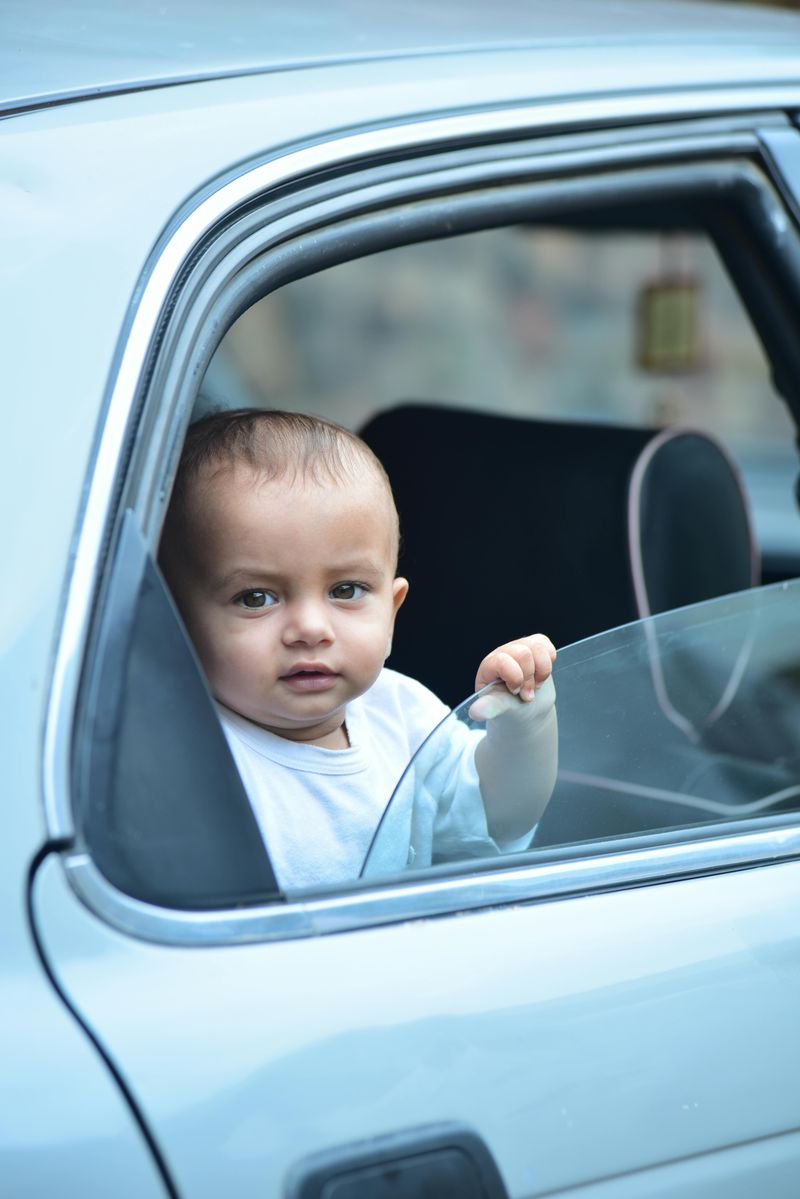
Back in the day, safety regulations were not as strict as they are now. It was common for kids to roam free in the backseat during car rides. Can you imagine the chaos? No seat belts, no car seats, just the open road and children bouncing around with every turn.
Today, such a scenario would undoubtedly result in a flurry of outraged tweets and Facebook posts. Thankfully, advancements in car safety have drastically reduced the risk of injury.
Still, it’s almost endearing to think about those carefree days, even if they were a tad reckless. “Buckle up!” certainly had a different meaning back then.
Cigarette Smoke Exposure
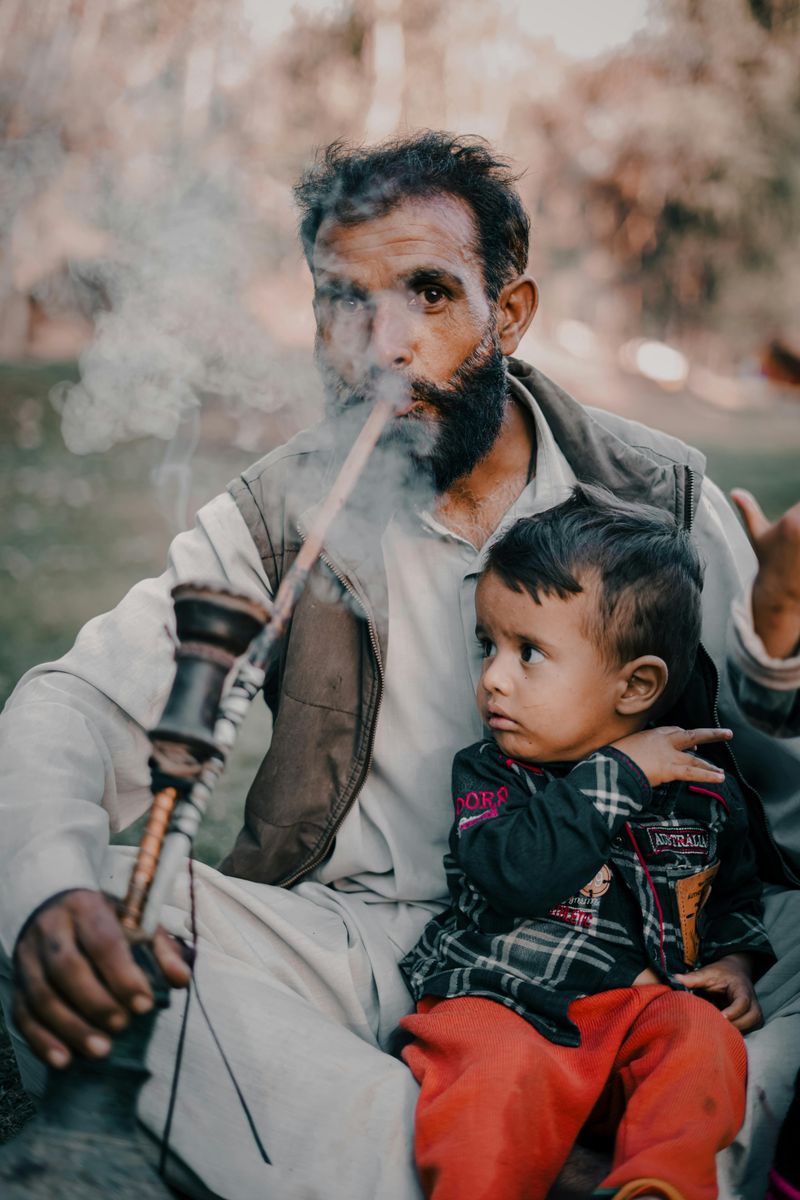
In the mid-20th century, smoking was everywhere, even around babies. Parents casually puffed away in homes, restaurants, and even cars with children onboard. Second-hand smoke wasn’t yet understood, and health warnings were scarce.
Imagine the uproar now if someone lit a cigarette next to a stroller in a public place. The understanding of health risks associated with smoking has thankfully grown, and smoke-free environments are now the norm.
While the past was shrouded in a hazy cloud of smoke, today’s clearer air is a breath of fresh air for children and adults alike.
Spanking as Discipline
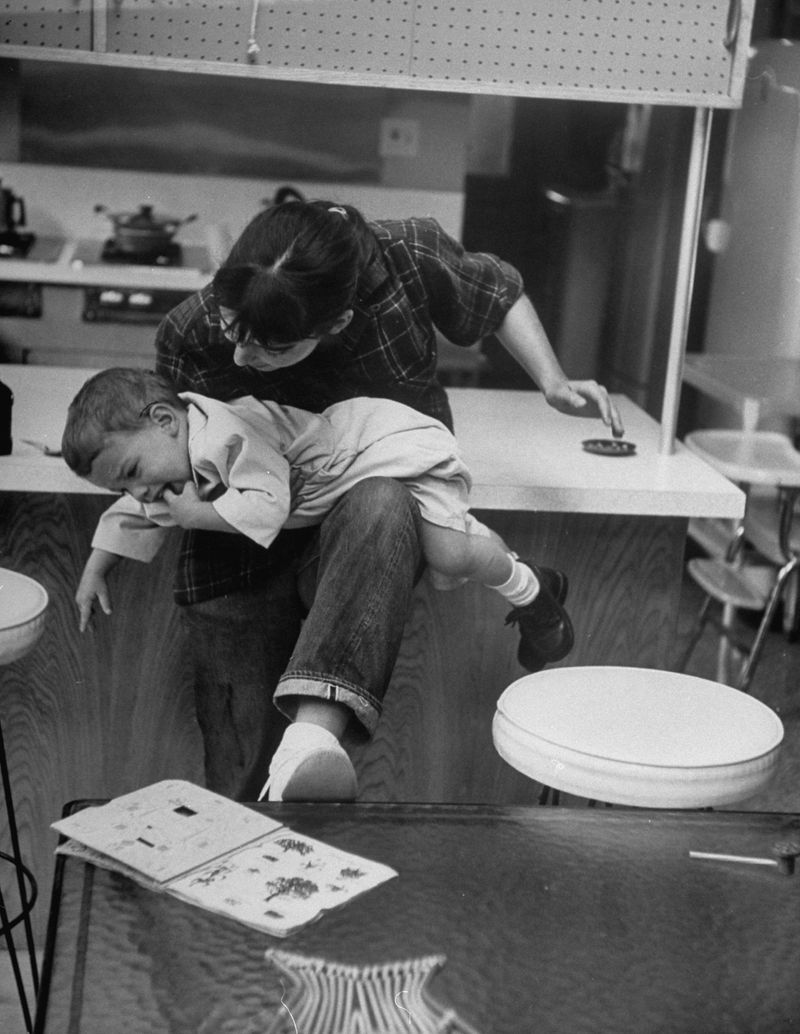
Once considered an effective disciplinary method, spanking was a staple in many households. Parents believed it taught respect and manners. However, research has shown potential harm, leading to a decrease in its acceptance.
Today, such methods are met with criticism and concern. Alternative discipline strategies, focusing on communication and understanding, have taken precedence.
This shift reflects a broader change towards nurturing and empathetic parenting styles, valuing children’s emotional well-being over physical discipline.
Children Running Errands Alone
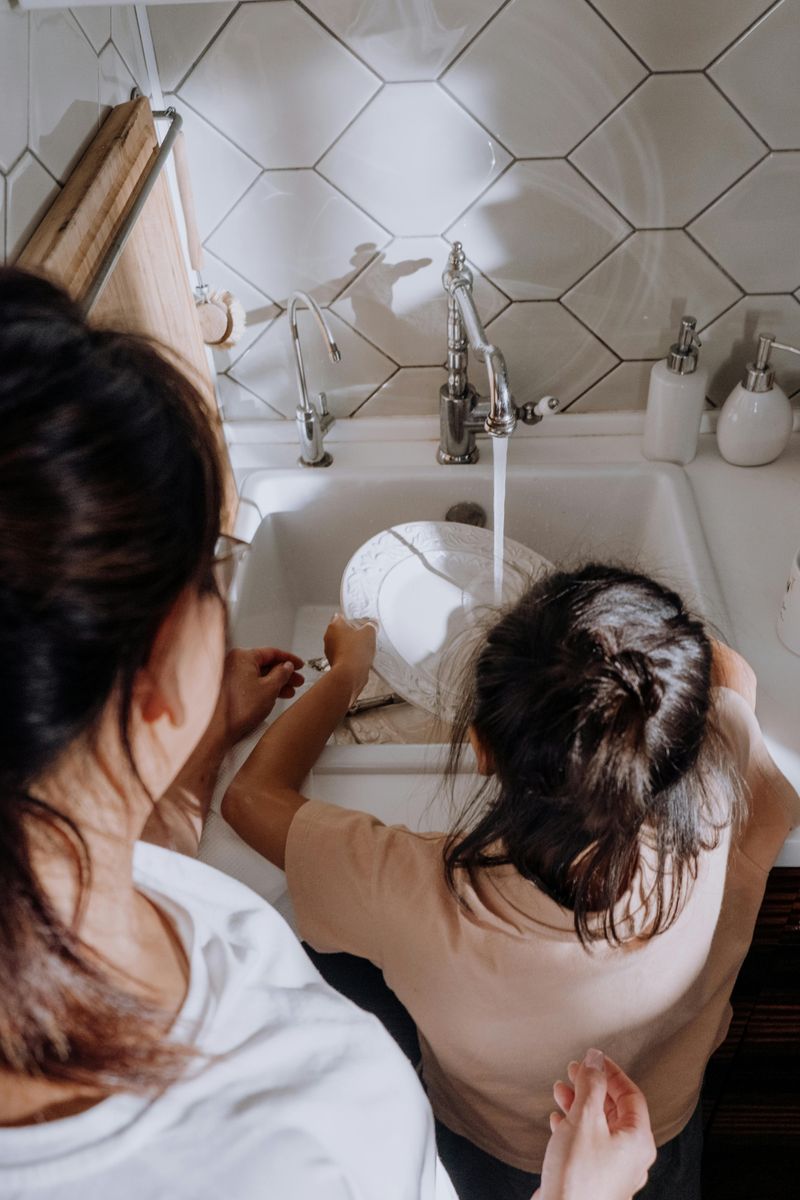
Once, it was not unusual for children to run errands alone. A quick trip to the corner store for milk was a rite of passage. Parents trusted their communities and granted kids autonomy and independence.
Nowadays, such scenarios might raise eyebrows and concerns about safety. The landscape of parenting has shifted, prioritizing supervision and protection.
While this change reflects genuine safety improvements, some nostalgically miss the sense of freedom once afforded to children.
Lead Paint in Nurseries
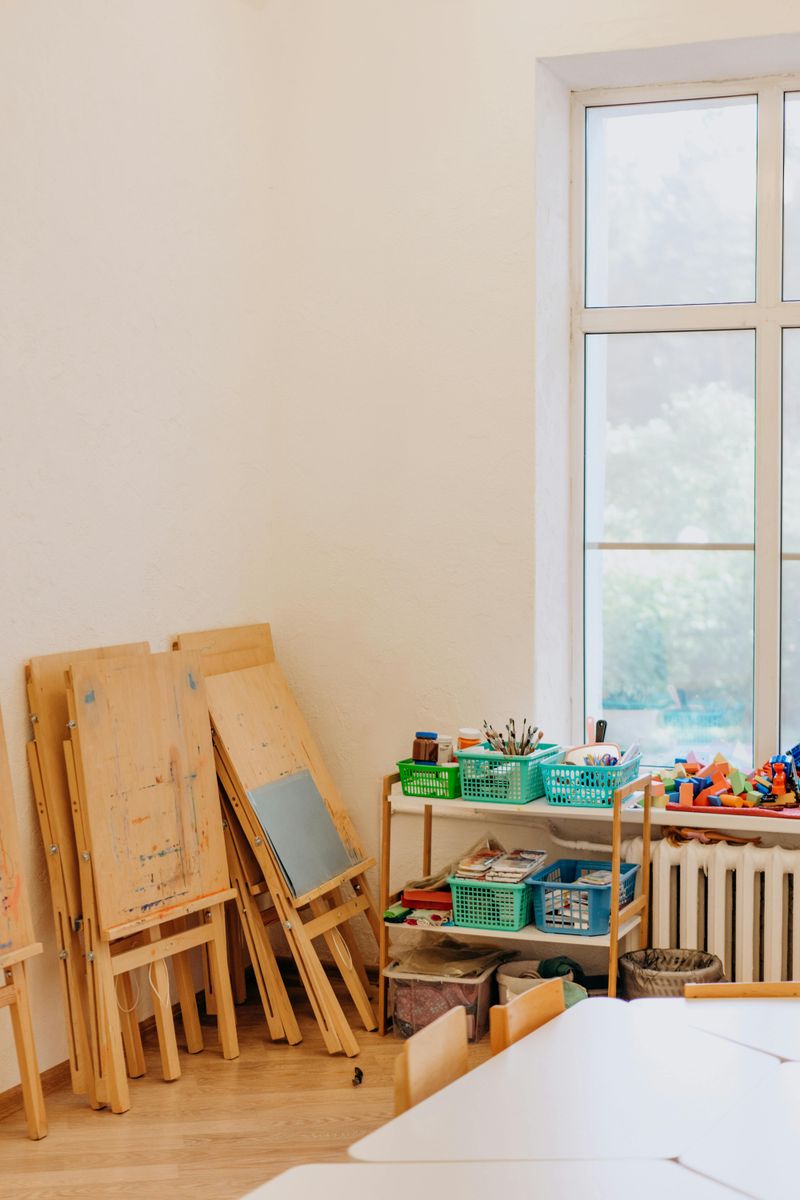
Lead paint was a common choice for nurseries due to its vibrant colors and durability. Unbeknownst to parents, it posed serious health risks. Lead exposure affects cognitive development, leading to bans in the late 20th century.
Today, the mere thought of lead paint would horrify parents and health officials alike. Regulations now protect children from such dangers, ensuring safer environments.
It’s hard to imagine that once, bright and cheerful nurseries could conceal hidden hazards.
Sugar-Packed Breakfast Cereals
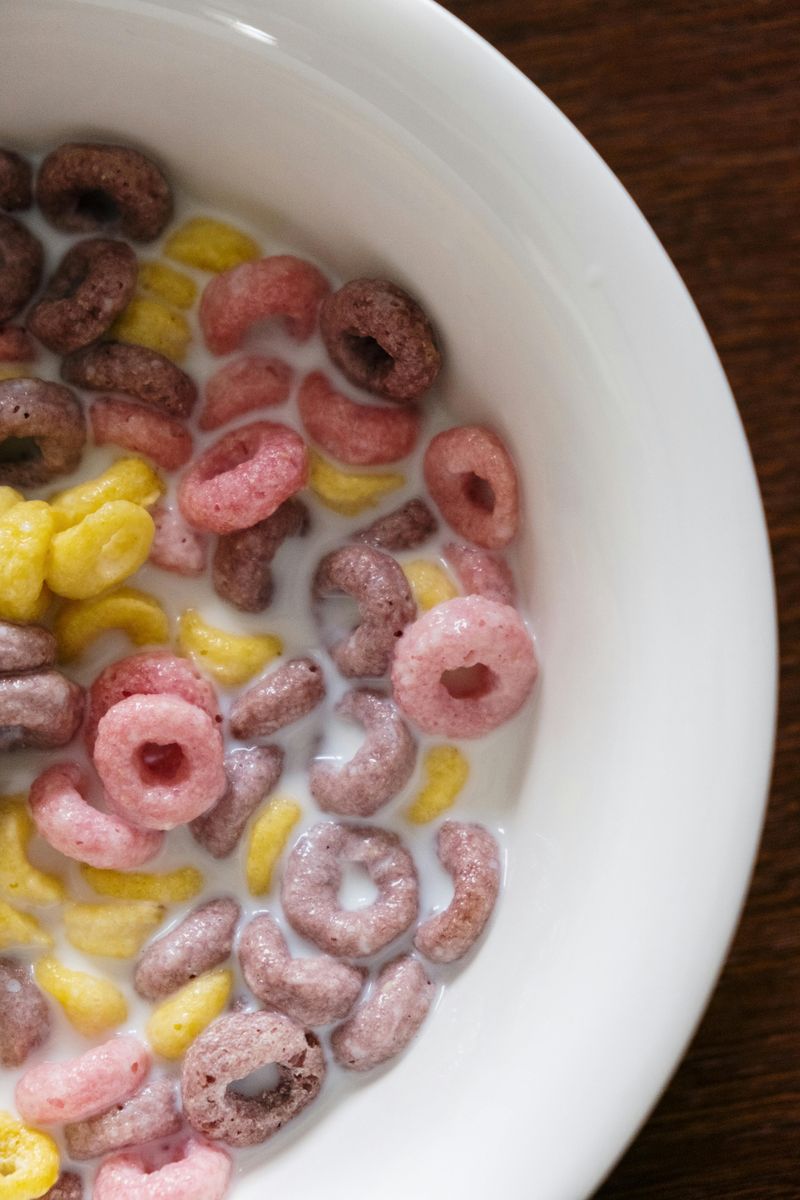
Breakfast in the 1980s often included sugary cereals marketed directly to children. Bright boxes and cartoon characters made them enticing, overshadowing the lack of nutritional value.
Today, parents are more health-conscious, opting for balanced breakfasts that prioritize nutrition over sugar content. Social media would likely criticize a diet heavy in sugar for young children.
While sugary cereals still exist, many are now fortified with vitamins and minerals, reflecting a shift towards healthier eating habits.
Babies Sleeping on Stomachs

Once a common practice, allowing babies to sleep on their stomachs was believed to prevent choking. This advice has since been overturned due to its association with Sudden Infant Death Syndrome (SIDS).
Modern guidelines advocate for babies to sleep on their backs, reducing SIDS risk. Today’s parents would be alarmed by past practices.
Understanding of infant safety has evolved, and such changes highlight the importance of ongoing research in parenting.
Unsupervised Playground Time
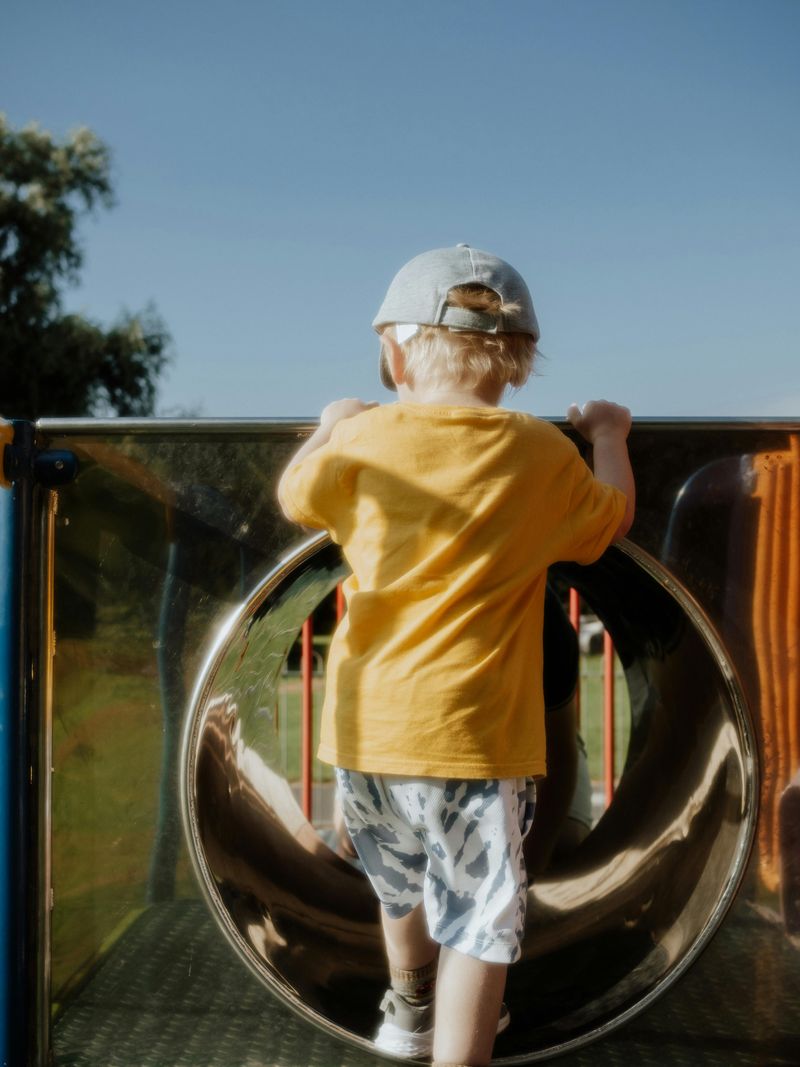
In the past, playgrounds were places of unsupervised adventure. Children played freely, exploring and taking risks without hovering parents.
Current parenting emphasizes supervision, raising concerns about safety and liability. Public opinion might frown upon letting kids roam playgrounds alone.
The freedom of yesteryears is often romanticized, yet today’s practices reflect a desire to ensure children’s safety and well-being.
Riding in the Back of Pickups
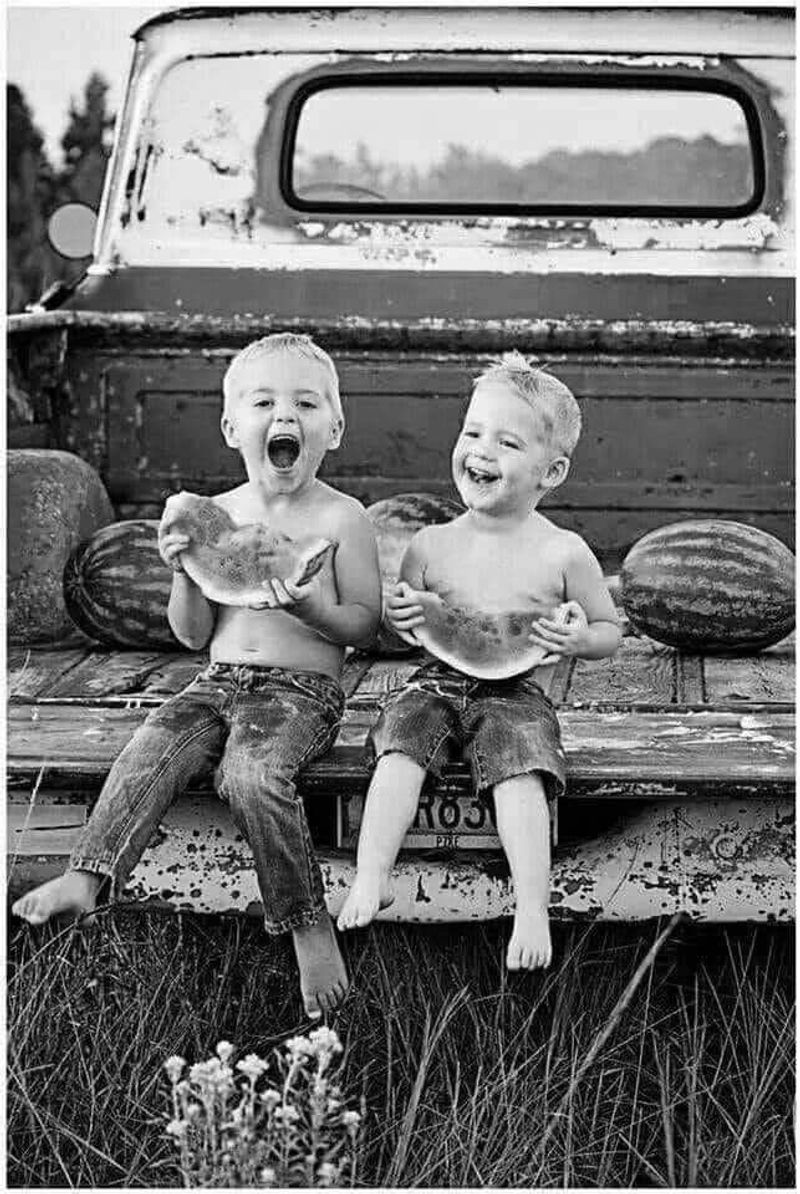
Riding in the back of a pickup truck was once a thrilling experience for kids in rural areas. The wind in their hair, a sense of freedom, it was part of growing up.
Today, safety concerns and legal restrictions make this a rare sight. Parents now prioritize seatbelt safety and enclosed travel.
Reflecting on such practices showcases how dramatically perspectives on child safety have transformed over time.
The Family Bed

Sharing a family bed was once a norm, where parents and children slept together in one bed. It fostered closeness and warmth.
Nowadays, this practice might invite criticism over concerns of sleep quality and individual space. Parents often opt for separate sleeping arrangements to encourage independence.
The shift from communal to individual sleeping highlights evolving views on family dynamics and personal space.
Barefoot Adventures
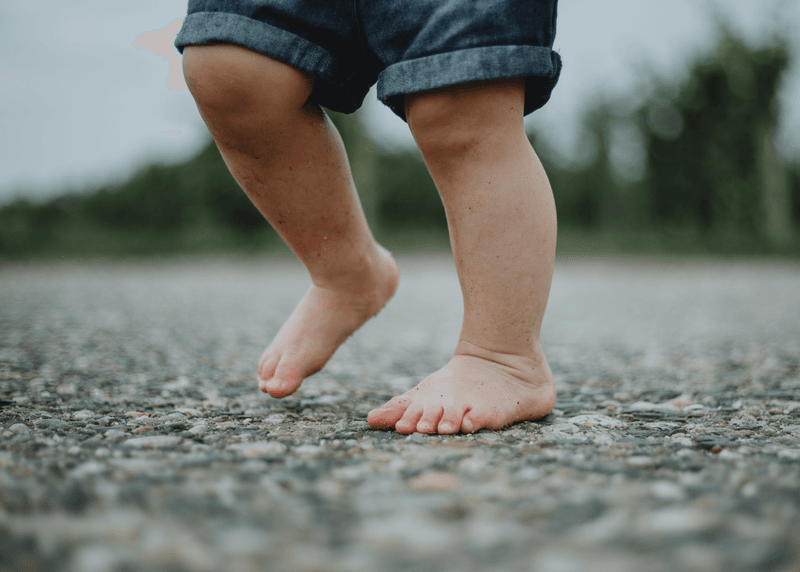
Running barefoot through grass and fields was once a common childhood pastime. It embodied freedom and connection to nature.
Today, concerns about hygiene and safety, such as sharp objects or parasites, might discourage such adventures. Shoes and protective footwear are more common.
This change reflects a broader awareness of health and safety, though some still cherish the nostalgia of barefoot play.
Latchkey Kids

Latchkey kids, children who returned to empty homes after school, were common in the 1980s. Parents worked long hours, and kids were trusted with independence.
Today, such a scenario might spark debates about child safety and parental responsibility, with after-school care often preferred.
This shift signifies a societal change towards more structured after-school environments, focusing on safety and supervision.
Raw Cookie Dough Treats

Eating raw cookie dough was once a special treat shared between parents and children during baking sessions. The risk of salmonella and raw eggs wasn’t widely recognized.
Nowadays, health warnings advise against consuming raw dough, emphasizing food safety and hygiene. Modern recipes often include egg-free versions.
This evolution mirrors growing awareness of food safety, although the temptation of sneaking a bite remains strong for many.
Soda as a Beverage Choice
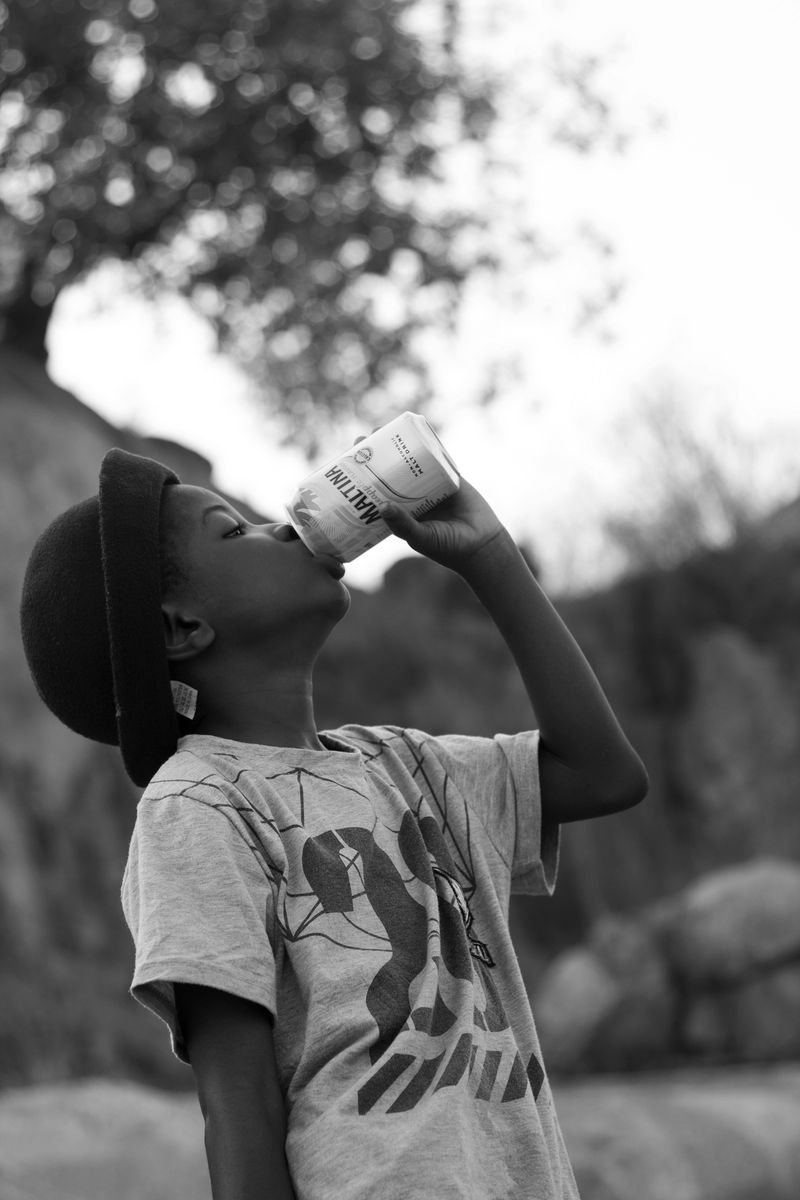
Soda was once a staple at family meals, even for kids. The fizz and flavor made it an exciting beverage choice, overshadowing health considerations.
Today, the high sugar content and potential health impacts have led many to limit soda consumption. Water and healthier drinks are preferred for children.
This change reflects a shift towards mindful consumption and awareness of nutrition’s role in overall health.
Sending Kids to Work
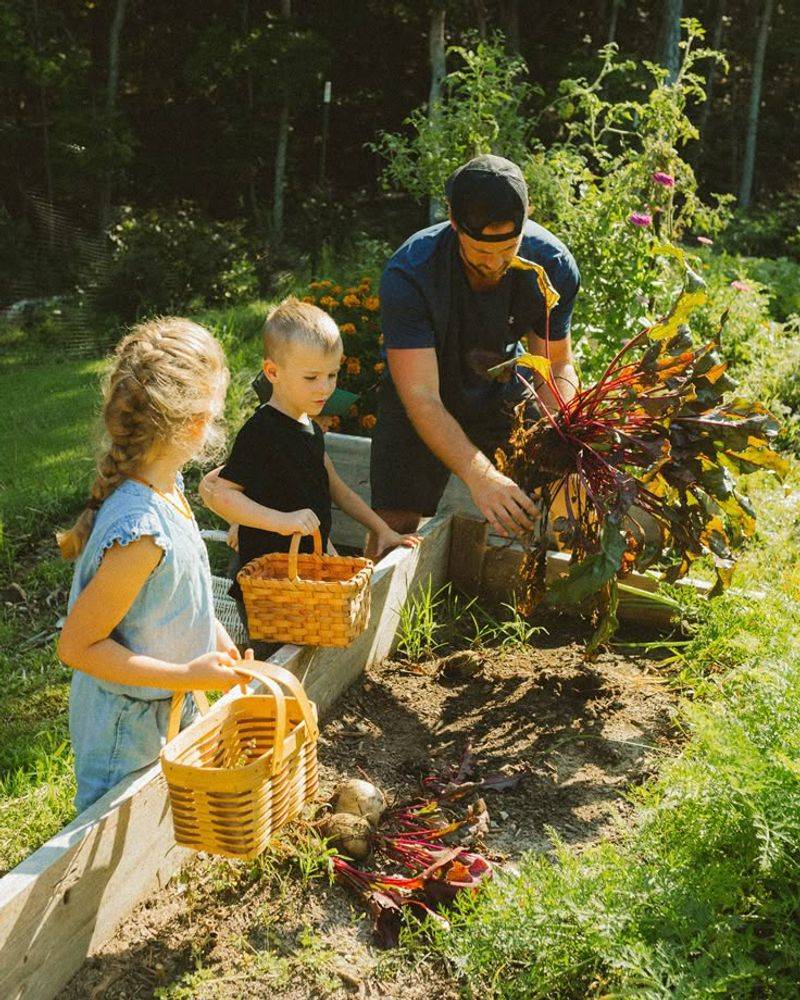
In many rural areas, it was common for children to work on family farms. They learned responsibility and contributed to the household.
Modern laws and societal norms prioritize education, shifting away from child labor. Such past practices would be controversial today.
This progression highlights a commitment to child development and the importance of balancing work with education.

Comments
Loading…